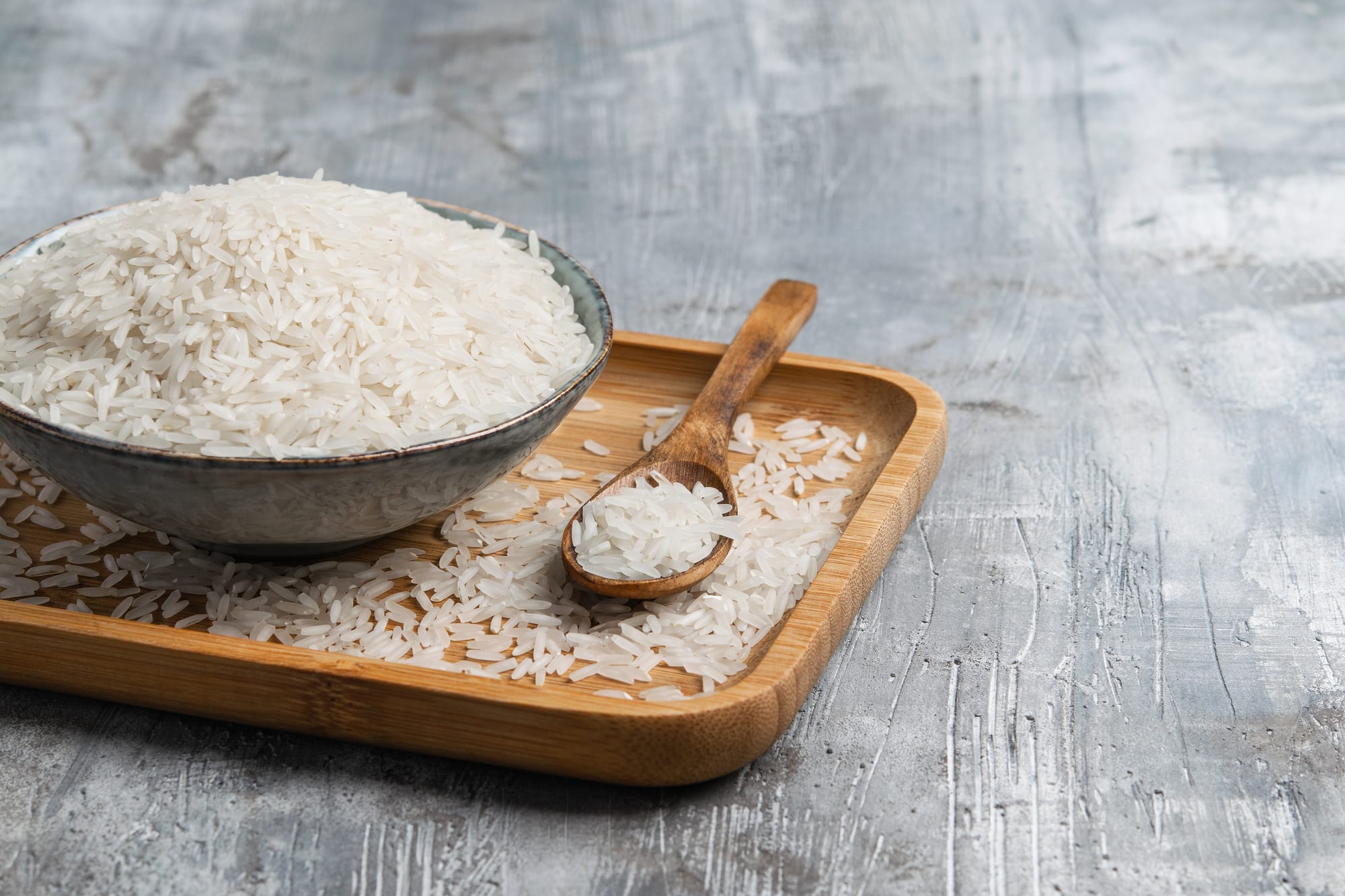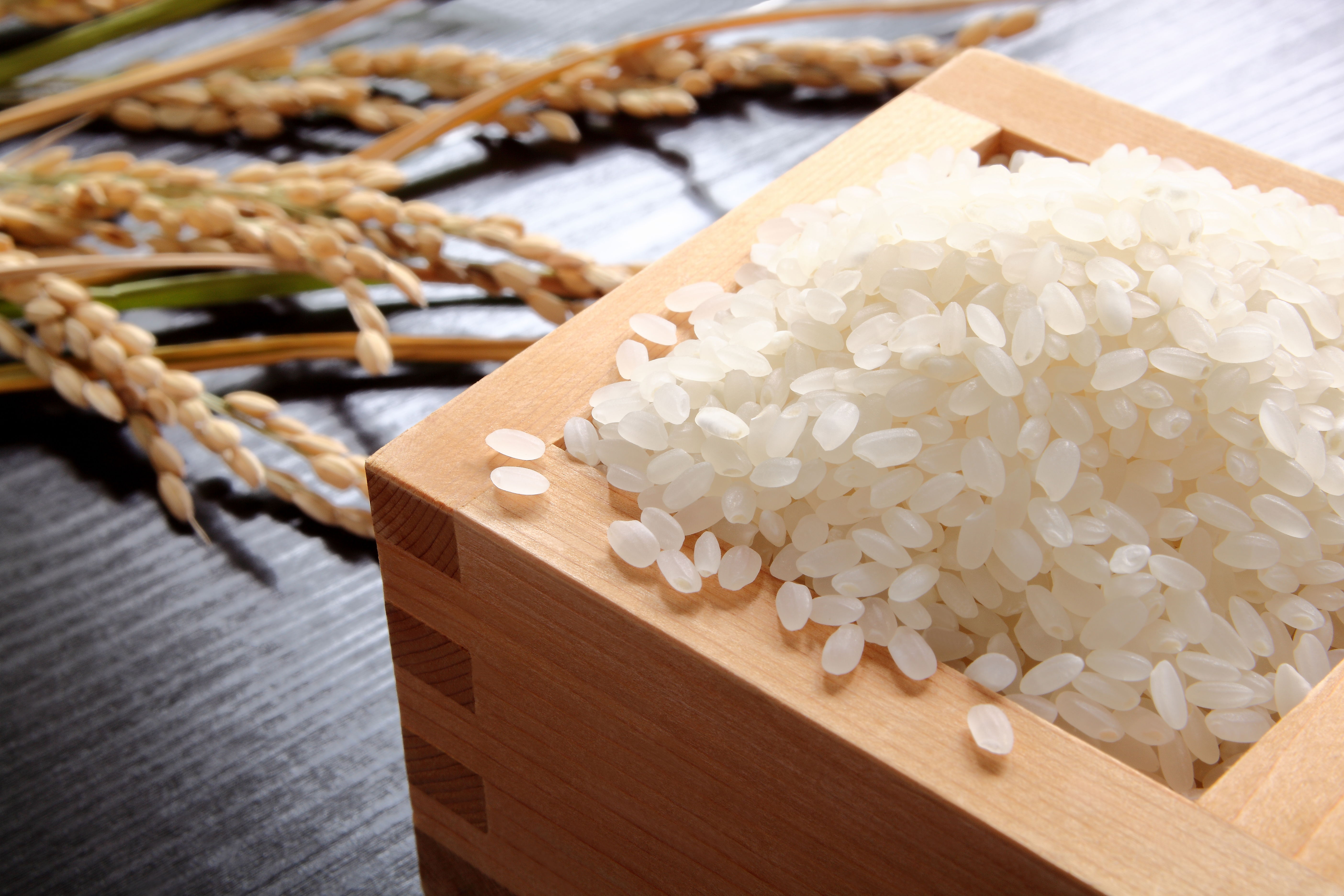
A recent study predicts that international rice prices will remain subdued until 2026, largely due to bumper harvests and record stockpiles in India.
According to IRRI and The Rice Trader, India’s government rice reserves hit 37.9 million tonnes as of August, fueled by record crops and strong procurement under the MSP policy. With supply expected to outpace domestic demand by nearly 30 million tonnes, India’s surplus is reshaping the global rice trade.
After lifting its final export restrictions in March, India’s rice exports surged, reaching 14.7 million tonnes by August 2025, far ahead of Thailand (4.7 million tonnes) and Vietnam (6 million tonnes). Exports are forecast to climb to 23.5 million tonnes in 2025, cementing India’s position as the world’s “price leader.”
Impact on the market:
Global rice prices are projected to fall to multi-year lows by 2025.
Importing countries, especially in Africa and Asia, benefit from cheaper food imports.
Competing exporters face tighter margins as prices fall.
Large stocks, limited storage, and upcoming harvests in India will keep pressure on prices.
With global rice inventories now exceeding 34% of demand, the highest in modern history, and production hitting a record 541 million tonnes in 2024–2025, the market is heavily oversupplied.
Some net importers, like the Philippines and Indonesia, have scaled back purchases to protect domestic farmers, adding further weight to the price slump.
Unless a major disruption occurs, analysts warn rice prices are likely to stay low through 2026.
According to the Vietnam Food Association (VFA), the export price of Vietnam’s 5% broken rice held steady at $389/ton, the highest in the region. By comparison, India’s stood at $376/ton, Thailand’s at $354/ton, and Pakistan’s at $353/ton.



